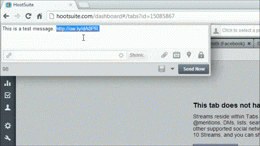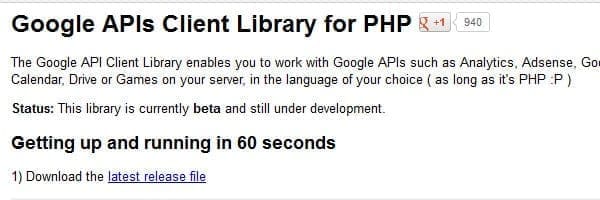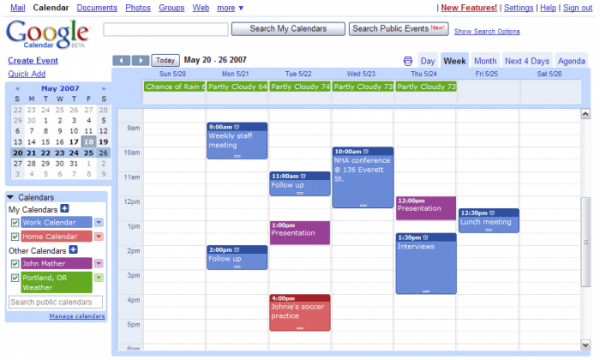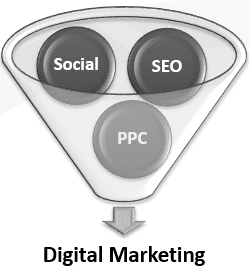For any business, your customers need to be able to find you. You wouldn’t take any signage down from your building, would you? This includes the customer having quick and easy access to basic information such a telephone number and hours of operation. The majority of customers now turn to the internet to find this information; about 97% of customers use the internet to research business and products at a local level according to a study conducted by Bia/Kelsey. With this much purchasing intent at a local level, wouldn’t you like to boost your visibility?
Benefits of Local Listings
As mentioned in the previous paragraph, the obvious benefit of managing local listings is to make your business visible to those customers searching at a local level. But what else is there? When internet searchers utilize a specific geographic location, they are usually close to converting (i.e. making a purchase). It is imperative to draw these searchers in to convert, whatever you choose to define as a conversion.
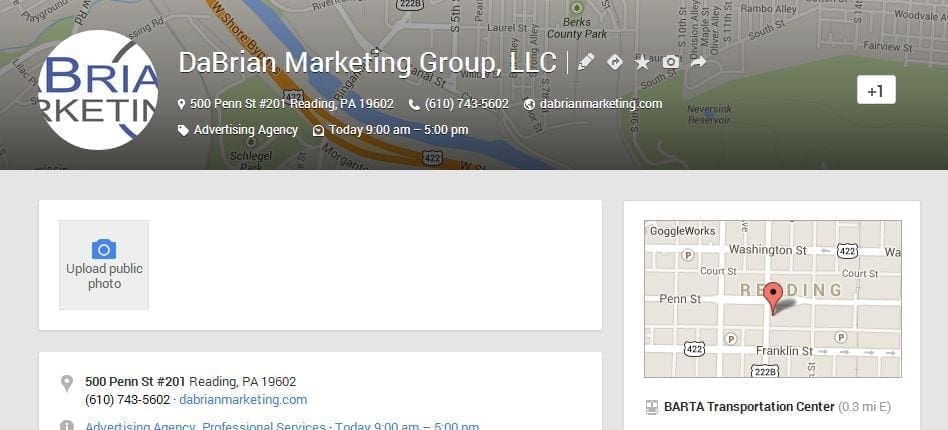
Speaking of drawing in searchers to convert, making sure you have top notch local listings can help you stand out among the plethora of competitors. A great way to ensure that your local listings are up to par is to develop a local listing strategy for your business.
Local Listing Strategy
The process of managing local listings sounds relatively simple, but there are actually many steps in this entire process that require attention. The first step in your local listing strategy is to verify your place of business. Google, Bing, and Yahoo! have similar processes in which the business must fill out an online form. The form automatically generates and will send a postcard with a verification PIN to the business address listed. Therefore, you must have a physical location to claim a local listing via these major search engines.
While implementing a local listing strategy to the fullest extent, you will be maintaining business information across several platforms. It is important to ensure that this information is consistent across the board so that your prospective customers can find the correct information. Not only will you have to provide the correct information initially, but you will have to maintain this information. If there is a large-scale re-branding or something as small as a new telephone extension number, remember to update your local listings.

